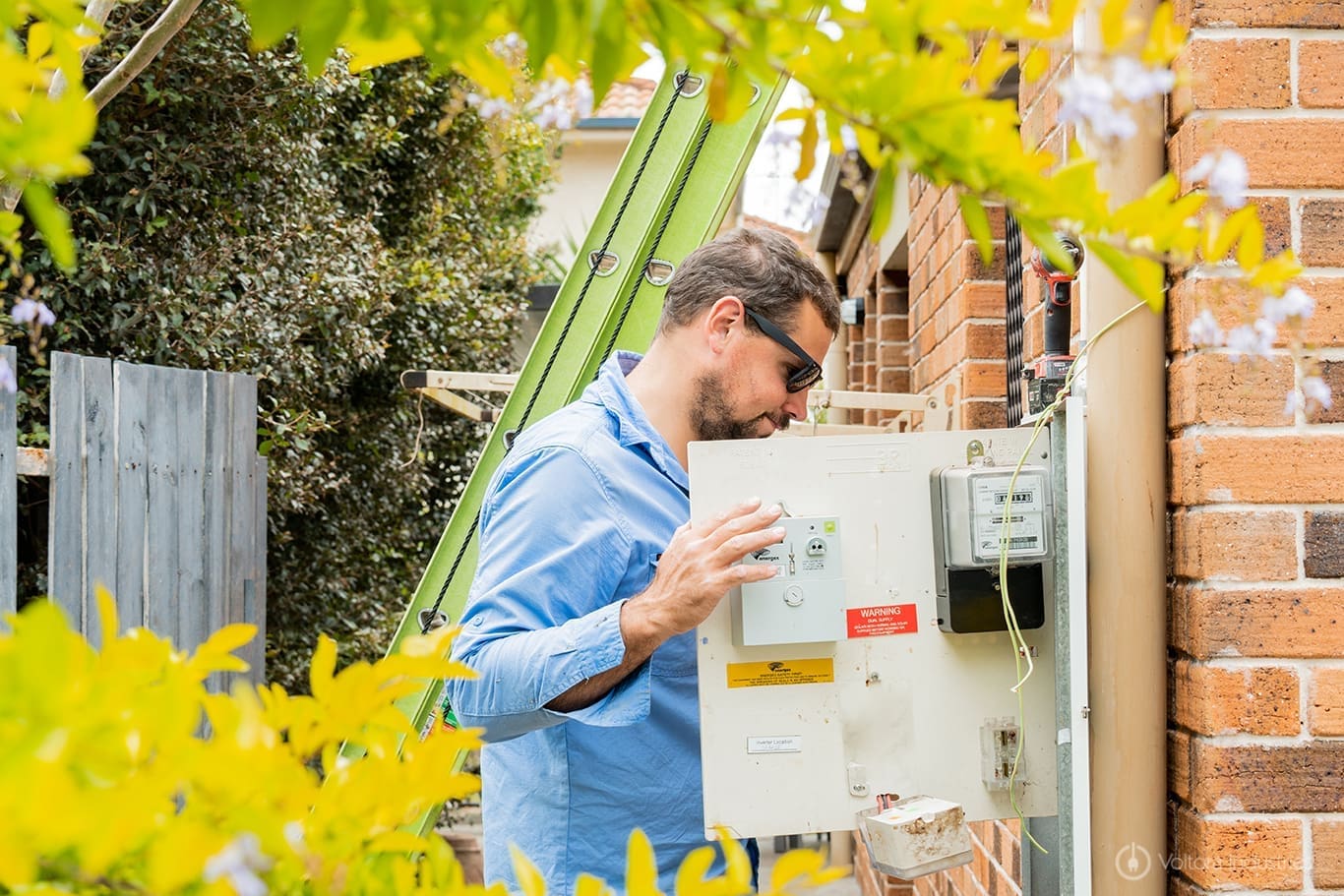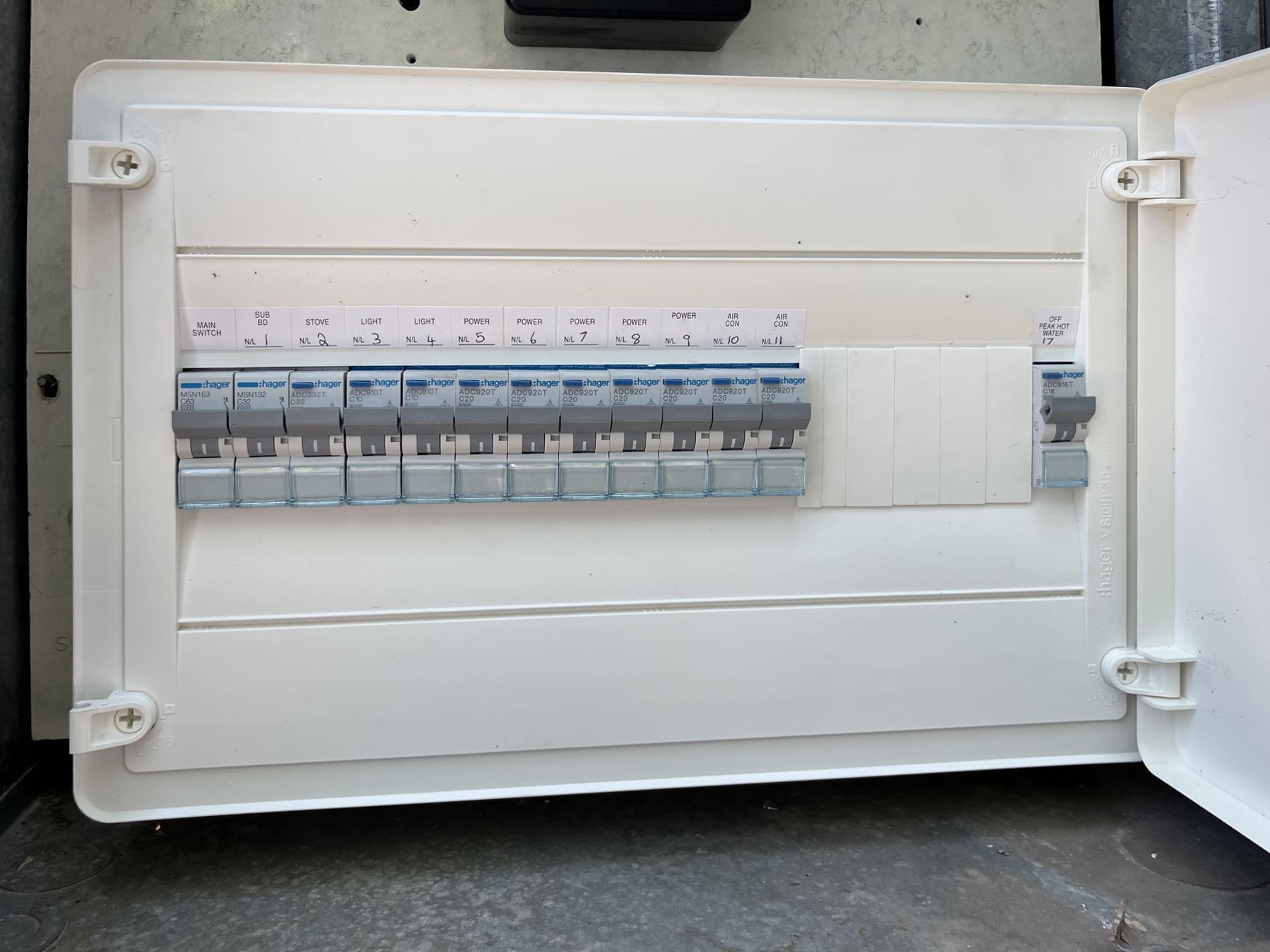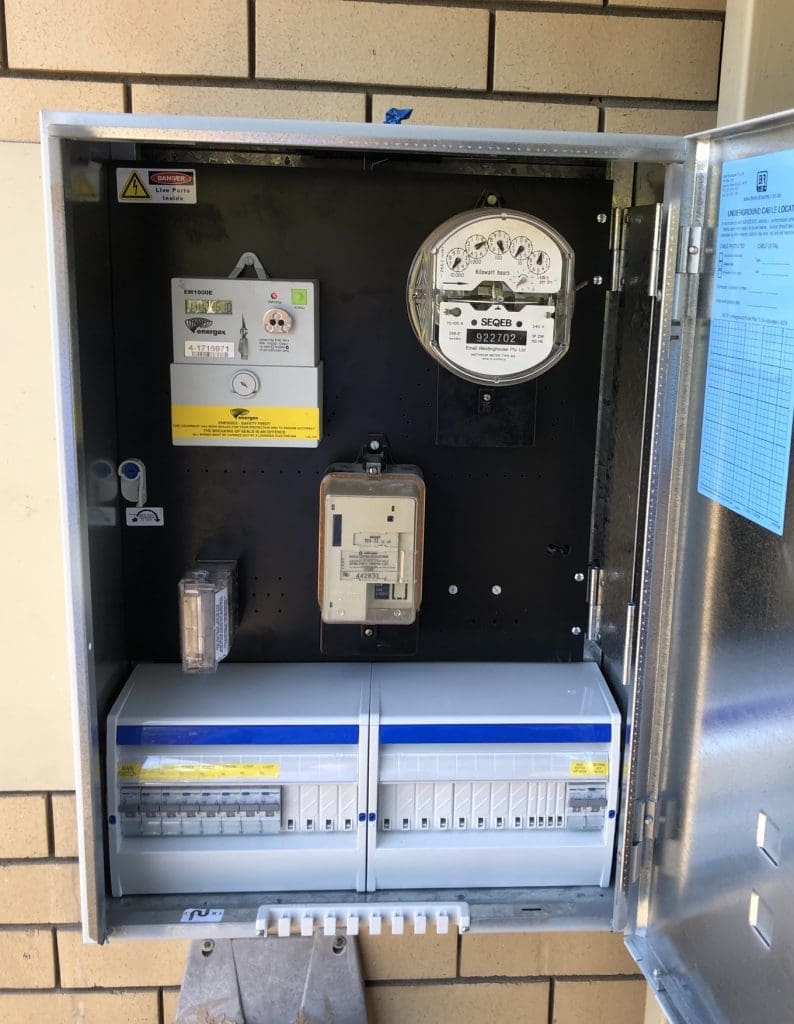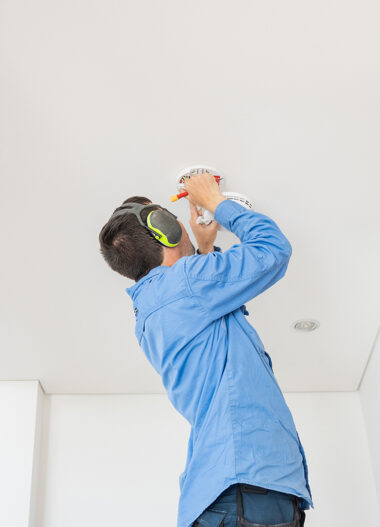
What is the heart of the home (or business)? From an electrical point anyway…. it would be the switchboard. Why do you ask? Well…
What Does a Switchboard Do?
An electrical switchboard takes the electricity from the energy grid and distributes it throughout your home or a business. So, it makes sense to call it the heart as it pumps electricity through the building, giving it life.
Since it’s such a powerful (pardon the pun) piece of infrastructure for any building, it’s best to know more about it so you can identify if it’s working at its best and to know what signs to watch out for to identify if it requires repairs or an upgrade.
Switchboards consist of isolators, circuit breakers and safety switches. Let’s find out more about these components.
What is a Safety Switch?
Electrical Safety Queensland explains that a safety switch will turn off electricity to your home within milliseconds of a fault being detected to protect you from serious electric shock. It’s important to have one per circuit in your home including power points, lighting, air conditioning, hot water system, pool filter etc.
Safety switches should be tested every 3 months. To perform a test, press the test button – marked as “T” or “Test” – on each safety switch to see if it flicks off the power to the circuit that it’s connected to. While this safety switch is off, check to see if anything on that circuit in your house or business building still has a power supply. If there is supply to anything on the circuit, then you need to get an electrician out to check if it’s a faulty switch. Once you’ve completed your test, you can flick your safety switch back on. Repeat this process for all safety switches on your switchboard.
Check out these informative videos to learn more.
Is a Circuit Breaker the Same Thing as a Safety Switch?
A circuit breaker and a safety switch are not the same thing. A good way to remember the difference is that a circuit breaker protects property and a safety switch protects life. However, newer safety switches are incorporating both the safety element as well as being a circuit breaker. Check with your electrician if you’re unsure.
Circuit breakers and fuses do not protect people from shock. A circuit breaker cuts power to the electrical wiring when too much current is flowing through it. Too much current can cause an electrical fire or hazard, so the circuit breaker or fuse protects the property from this occurring. Whereas a safety switch is to protect people from electric shock.
To identify the difference between what is a safety switch and what is a circuit breaker, the safety switch will have the ‘Test’ button mentioned above whereas the circuit breaker won’t. If you’re ever in doubt, contact Voltora and we can come out to assess.
When to Upgrade Your Switchboard?
How do you know that you need a switchboard upgrade you ask? Below are important points that indicate you may need a switchboard upgrade:
1⋅ If you happen to be doing any type of upgrades around your home or business, this is a good indication that your switchboard will also need an upgrade to cater for these changes. This will ensure that it does not cause an overload or create a fire hazard. This can include renovations, adding more electrical equipment within the building – especially if they require a higher power consumption – or if you are installing more power points. Even during the renovation process, the current wiring within a building is disturbed so this can create a hazard. The rule of thumb here is if you are adding anything additional to an existing circuit breaker, then you need to upgrade the circuit protection with an RCD Circuit Breaker.
2⋅ The older your home or building is, the more chance of it having ceramic fuses. Technology is forever evolving which means older technologies such as ceramic fuses are becoming obsolete and cannot keep up with the power demands of newer appliances. It also means you are less likely to have any or many safety switches, so this is a good indication that you should consider a switchboard upgrade.
3⋅ Using multiple appliances at the same time can cause circuit breakers to continually trip. If this is a common occurrence, then it’s a good indication that you may need a switchboard upgrade. The same is true for electrical appliances frequently shorting or with fuses which continually blow.
4⋅ If anything in your home or business’ switchboard looks rusty or unsafe, call a trusted Brisbane electrician. Rust can mean the switch gear is close to the end of it’s service life and will mean it won’t be as safe or reliable.
For more information and all your switchboard needs, be sure to contact Voltora!
Lets get started




